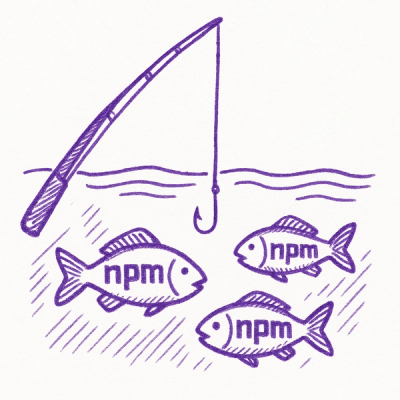Interaction
Interaction is a Python package for creating nice and colourful progress bars using the map() and apply() method as well as for loops.
ProgressBar
To use a progress bar you need to initiate a ProgressBar object with the maximum progress amount (total) and call the show method of the object with the amount to update the progress bar.
from interaction import ProgressBar
from time import sleep
bar = ProgressBar(total=100)
for i in range(100):
sleep(0.05)
bar.show(amount=i+1)
You can also add your own text to the progress bar.
from interaction import ProgressBar
from time import sleep
bar = ProgressBar(total=100)
for i in range(100):
sleep(0.05)
bar.show(amount=i+1, text=f'working on {i}')
map
You can also use the ProgressBar's map method instead of Python's map method. The output is an iterable. As soon as you turn the iterable object into a list the progress bar will be displayed.
from interaction import ProgressBar
from time import sleep
list1 = list(range(100))
def wait_and_double(x, wait_time):
sleep(wait_time)
return x*2
iterable2 = ProgressBar.map(
function=lambda x: wait_and_double(x=x, wait_time=0.05),
iterable=list1
)
list2 = list(iterable2)
apply
ProgressBar also works with Panda's DataFrame and Series objects.
from interaction import ProgressBar
from time import sleep
from pandas import DataFrame
data = DataFrame({
'name':['Arminius', 'Boudica', 'Alaric', 'Attila', 'Genseric'],
'ethnicity': ['German', 'Celt', 'Goth', 'Hun', 'Vandal']
})
data['name_and_ethnicity'] = ProgressBar.apply(
data=data,
function=lambda x: x['name']+' the '+x['ethnicity']
)
data['name_lower'] = ProgressBar.apply(
series=data['name'],
function=lambda x: x.lower()
)
iterate
You can also use ProgressBar to for iterating over iterable objects, especially for loops.
from interaction import iterate
for i in iterate(range(100)):
pass



